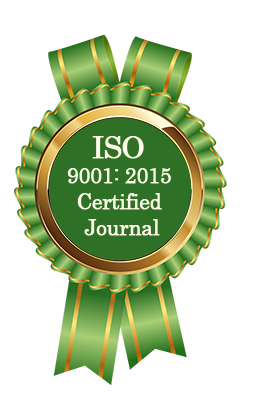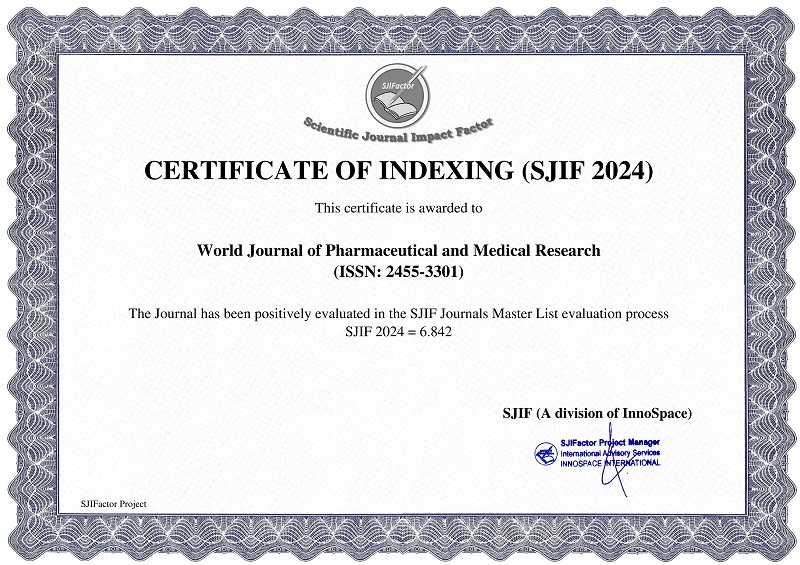GROWTH HORMONE THERAPY IN PEDIATRIC GASTROINTESTINAL AND HEPATIC DISORDERS: CELIAC DISEASE, CYSTIC FIBROSIS, IBD, AND CHRONIC LIVER DISEASE
Ashraf Soliman*, Moutaz F. Derbala, Fawzia Alyafei, Shayma Ahmed, Noora Al Humaidi, Noor Hamed, Ahmed Elawwa, Nada Alaaraj, Ahmed Khalil and Nada Soliman
ABSTRACT
Background: Growth failure is a significant concern in pediatric patients with chronic hepatic and gastrointestinal (GI) disorders, including celiac disease (CD), cystic fibrosis (CF), and inflammatory bowel disease (IBD). These conditions impair nutrient absorption, metabolic regulation, and growth potential despite conventional treatments. Growth hormone (GH) therapy has emerged as a potential intervention to enhance growth velocity, improve height standard deviation score (SDS), and support metabolic balance in affected children. Objective: This review aims to systematically assess the efficacy, safety, and metabolic impact of GH therapy in pediatric patients with CD, CF, and IBD. Specifically, it evaluates GH therapy’s role in improving growth parameters, insulin-like growth factor-1 (IGF-1) response, metabolic risks, and disease-specific considerations. Methods: A comprehensive review was conducted, analyzing studies published between 2000 and 2025 that investigated GH therapy in children (<18 years) with CD, CF, or IBD. Inclusion criteria encompassed randomized controlled trials, cohort studies, and systematic reviews evaluating growth velocity, height SDS, metabolic outcomes, and safety. Studies focusing on adults, animal models, or lacking quantitative growth data were excluded. Data were synthesized to determine the impact of GH therapy on growth outcomes, metabolic markers, and disease-specific safety concerns. Results: GH therapy significantly improved growth velocity and height SDS across all three conditions, with the highest gains observed in CD and CF patients (~69-71% increase in growth velocity). CD patients with coexisting GH deficiency (GHD) exhibited the most substantial improvements, particularly when GH therapy was initiated alongside a gluten-free diet. In CF, GH therapy enhanced BMI, lean body mass, and pulmonary function, though transient glucose intolerance was reported in 10-15% of cases. IBD patients benefited from GH therapy’s counteraction of corticosteroid-induced growth suppression, with a 47% recovery in height deficits. Additionally, IGF-1 levels increased significantly across all conditions, while GH therapy did not exacerbate inflammation in IBD patients. Conclusion: GH therapy is an effective intervention for pediatric patients with CD, CF, and IBD experiencing persistent growth failure. While growth and metabolic benefits are evident, condition-specific considerations such as glucose intolerance in CF and potential gastrointestinal barriers in CD warrant individualized treatment approaches. GH therapy should be integrated into multidisciplinary management strategies, with ongoing metabolic and endocrine monitoring to optimize patient outcomes. Future research should focus on long-term safety and efficacy to refine treatment guidelines.
[Full Text Article] [Download Certificate]



